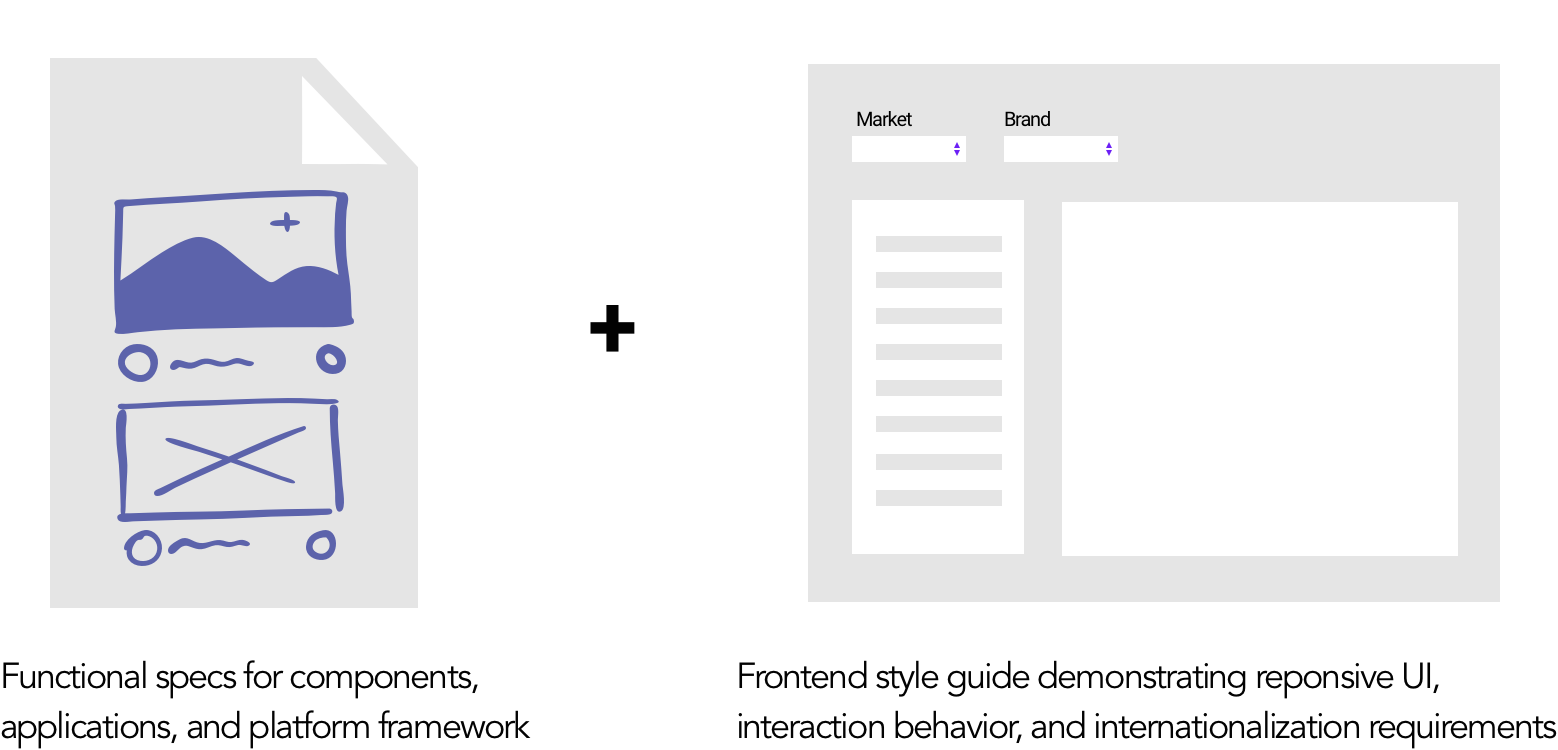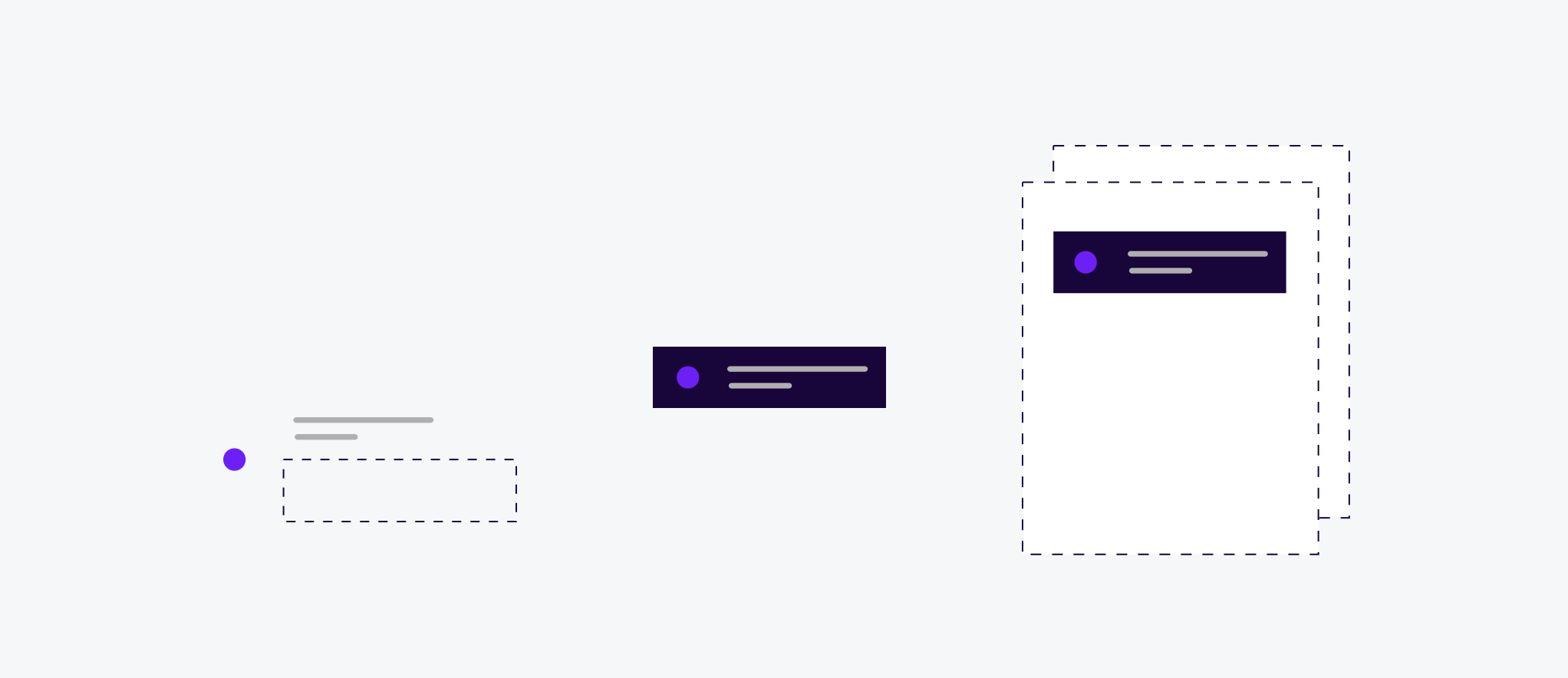I wear different hats in the end-to-end design process
I am heads up 🙋
• Designing better together by facilitating biweekly workshops with cross-functional partners in a collaborative fashion
• Thinking in systems to get ahead of any potential downstream effects of large and small changes to see how it fits into the larger GM ecosystem, across channels, touchpoints, and platforms
• Working with engineers to properly spec and QA new and existing components, features, and frameworks to meet the needs of customers and business
• Refining accessibility requirements for Quantum’s components and styles to steer developers and visual designers to accessible solutions
• Educating and spreading awareness of the Quantum design system to new product teams, assisting with adoption and usage.
• User testing and validating hypothesized concepts to learn and empower the spirit of iteration
I am heads down 👩💻
• Ideating and prototyping to make abstract ideas tangible for the cross-functional team to react to, sparking new and better solutions
• Creating and maintaining system documentation - detailed dev specs and a version-controlled multi-brand, multi-language and market frontend style guide with developers and UI designers







